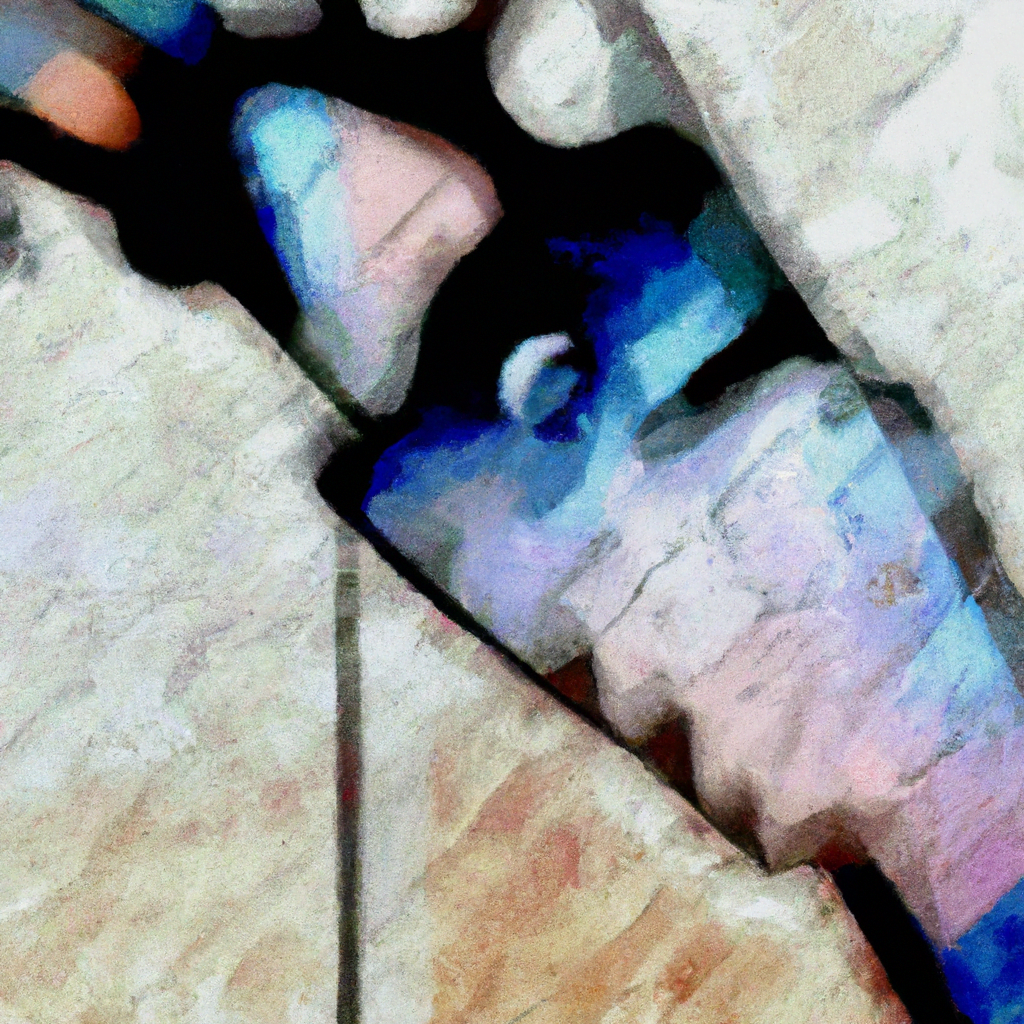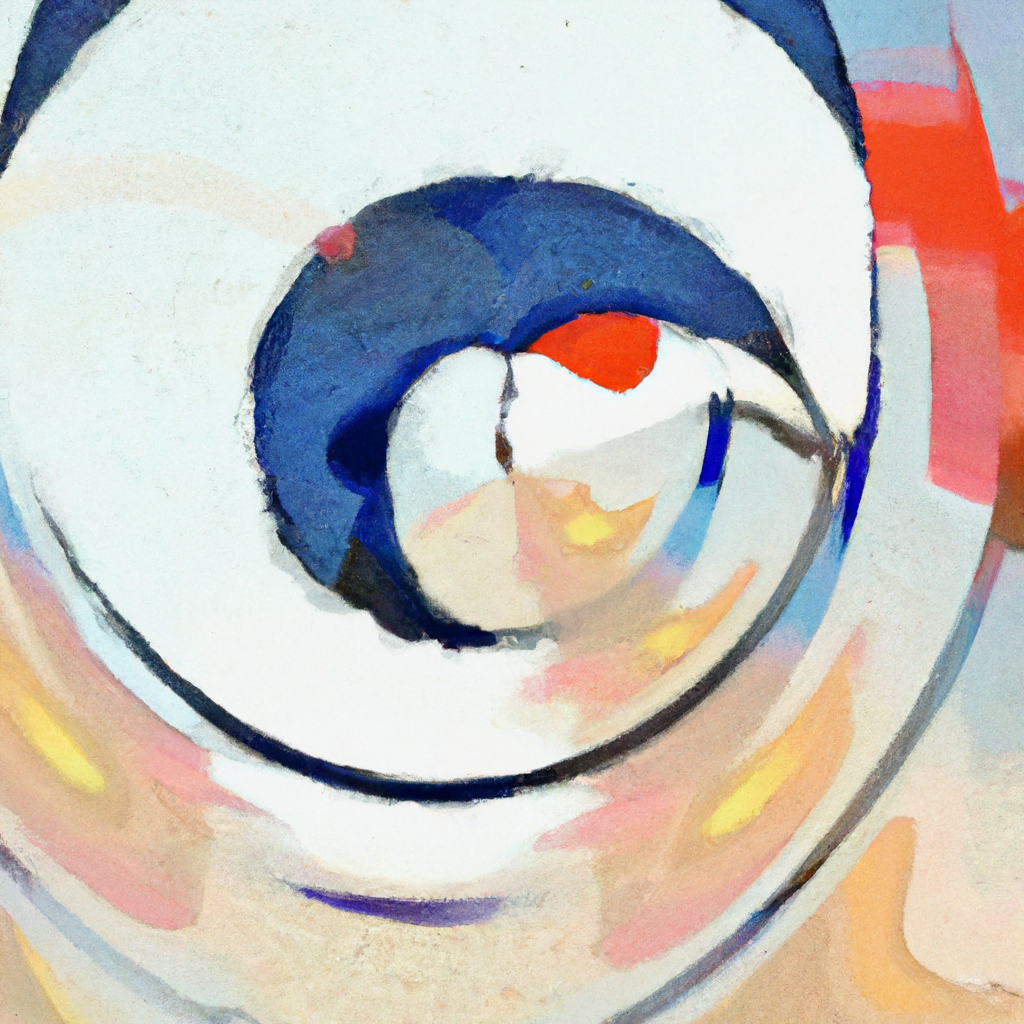
Exploring Abstract Illustration: Expressing Emotions and Concepts

Abstract illustration is a powerful form of visual communication that allows artists to express emotions and concepts in a unique and captivating way. Unlike representational art, which aims to depict the physical world as it appears, abstract illustration focuses on conveying ideas, feelings, and experiences through the use of shapes, colors, and forms. In this article, we will delve into the world of abstract illustration, exploring its history, techniques, and the impact it has on viewers.
The History of Abstract Illustration
Abstract illustration has a rich history that dates back to the early 20th century. It emerged as a response to the traditional art forms that focused on realistic representation. Artists like Wassily Kandinsky, Piet Mondrian, and Kazimir Malevich were pioneers in this movement, exploring the potential of non-representational art to evoke emotions and convey deeper meanings.
Kandinsky, often referred to as the father of abstract art, believed that colors and shapes had inherent spiritual and emotional qualities. He aimed to create art that could transcend the physical world and tap into the viewer’s subconscious. His famous painting “Composition VII” is a prime example of his abstract style, with its vibrant colors and dynamic forms that evoke a sense of chaos and energy.
Mondrian, on the other hand, focused on simplifying forms and reducing them to their essential elements. His iconic grid-based paintings, such as “Composition with Red, Blue, and Yellow,” sought to achieve a universal harmony through the use of primary colors and straight lines. His work laid the foundation for geometric abstraction, which became a prominent style in the abstract art movement.
Malevich, a Russian artist, took abstraction to a new level with his creation of Suprematism. He believed that art should be free from any representational constraints and instead focused on pure geometric forms. His famous painting “Black Square” is a radical departure from traditional art, as it reduces the image to a simple black square on a white background. This work challenged the very notion of what art could be and opened up new possibilities for abstract expression.
Techniques in Abstract Illustration
Abstract illustration encompasses a wide range of techniques and approaches, allowing artists to experiment and push the boundaries of visual expression. Here are some common techniques used in abstract illustration:
- Color Theory: Colors play a crucial role in abstract illustration, as they can evoke specific emotions and create visual harmony. Artists often use color palettes that are carefully selected to convey a particular mood or concept. For example, warm colors like red and orange can evoke feelings of energy and passion, while cool colors like blue and green can create a sense of calmness and tranquility.
- Shape and Form: Abstract artists often use geometric shapes and organic forms to create visual interest and convey meaning. These shapes can be simplified or distorted to evoke different emotions or represent specific concepts. For instance, sharp angles and jagged lines may convey tension or conflict, while soft curves and flowing lines can evoke a sense of movement or serenity.
- Texture and Pattern: Texture and pattern can add depth and visual interest to abstract illustrations. Artists may use various techniques, such as layering, brushstrokes, or collage, to create texture and add tactile qualities to their work. Patterns, whether repetitive or irregular, can create rhythm and visual harmony within the composition.
- Composition: The arrangement of elements within an abstract illustration is crucial in creating a visually pleasing and balanced composition. Artists may use techniques such as symmetry, asymmetry, or the rule of thirds to guide the viewer’s eye and create a sense of harmony. The placement and scale of different elements can also convey hierarchy and emphasize certain concepts or emotions.
The Impact of Abstract Illustration
Abstract illustration has a profound impact on viewers, as it allows them to engage with art on an emotional and intellectual level. Here are some ways in which abstract illustration can influence and inspire:
- Emotional Connection: Abstract art has the power to evoke a wide range of emotions in viewers. The use of colors, shapes, and forms can create a visceral response, triggering feelings of joy, sadness, excitement, or contemplation. By tapping into the viewer’s emotions, abstract illustration can create a deep and personal connection.
- Open to Interpretation: Unlike representational art, abstract illustration does not provide a clear narrative or subject matter. Instead, it invites viewers to interpret the artwork based on their own experiences and perspectives. This open-endedness allows for a more personal and subjective engagement with the art, fostering a sense of curiosity and exploration.
- Expressing Complex Concepts: Abstract illustration has the ability to convey complex concepts and ideas that may be difficult to express through words or realistic imagery. By distilling concepts into visual elements, artists can communicate abstract notions such as time, love, or identity in a more intuitive and universal way.
- Stimulating Creativity: Abstract illustration encourages viewers to think outside the box and explore new possibilities. The unconventional nature of abstract art challenges traditional notions of representation and pushes the boundaries of creativity. By exposing viewers to different ways of seeing and interpreting the world, abstract illustration can inspire them to think more creatively in their own lives.
Case Studies: Abstract Illustration in Practice
Let’s explore some real-world examples of abstract illustration and the impact they have had:
Case Study 1: Jackson Pollock’s “No. 5, 1948”
Jackson Pollock, an influential American artist, is known for his unique style of abstract expressionism. His painting “No. 5, 1948” is a prime example of his drip painting technique, where he would pour or drip paint onto the canvas. This technique allowed him to create dynamic and energetic compositions that captured the essence of his emotions and movements.
“No. 5, 1948” is one of Pollock’s most famous works and holds the record for being one of the most expensive paintings ever sold. Its abstract nature invites viewers to interpret the painting based on their own experiences, making it a deeply personal and engaging artwork.
Case Study 2: Yayoi Kusama’s “Infinity Mirrored Room”
Yayoi Kusama, a Japanese artist, is renowned for her immersive installations that explore themes of infinity and self-obliteration. Her “Infinity Mirrored Room” series is a captivating example of abstract illustration in a three-dimensional form. These rooms are covered in mirrors and filled with various objects, creating an
